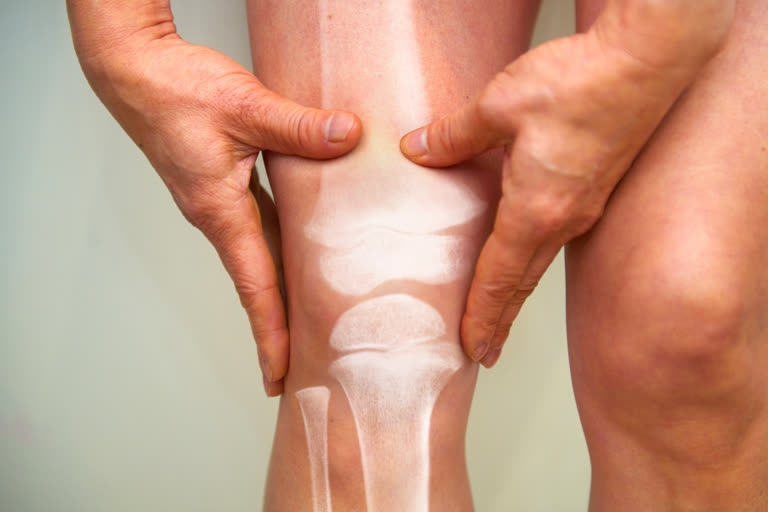Is your knee pain indicating Arthritis?
Reduced mobility, different job habits, and altered lifestyles all had a negative impact on people's bone and joint health in the last two years of the pandemic. Working from home for about 10 hours a day, sitting all the time, being able to eat whatever they want, not having an exercise regimen, going for walks, smoking, and alcohol consumption, among other factors, have an impact on the joints of the majority of people in the country. You think this pain is caused by arthritis. Arthritis is not always present; it may come and go. Arthritis is the inflammation of the joints in a nutshell.
What causes Arthritis?
Understanding how joints operate can help to determine what causes arthritis. To support our weight and provide functional structure, our bones are thick and robust. Bones, on the other hand, contain nerves. Movement would irritate those nerves if there was nothing in between the connecting bones. On the ends of our bones, our bodies basically have a cap.
The shock-absorbing and load-bearing cartilage on the ends of bones is known as Articular cartilage. Joint fluid bathes healthy cartilage. Joint fluid is quite thick like engine oil and very cushioning at moderate speeds. It distributes the strain over the joint and protects it when you're doing heavy tasks. When you run at high speeds, however, it thins down and becomes considerably less thick, providing less resistance and allowing the joint to move very swiftly.
Dr. Biren Nadkarni, Sr. Consultant Orthopedic and Joint Replacement Surgeon at Sitaram Bhartia Institute and Holy Family Hospital, New Delhi explained that "people became inactive as a result of the pandemic and have been away from their fitness regimen and activities for the past two years. Now that the pandemic limitations have been lifted, individuals should be cautious when returning to their pre-Covid lifestyle and exercise regimen," he added, adding that "people should test themselves for any bone-related issues that may have gone unnoticed because of the lockdown".
He further explains that "as we age, the cartilage in our joints can break down into little fragments, resulting in arthritis. These particles may float to the surface of the joint and become trapped there. This creates inflammation, which leads to the production of additional fluid. This causes swelling, irritation, and discomfort in the joints."
Early in the day, everyone has more substantial pain and stiffness. The fluid offers joints a more frictionless glide as the body moves. Pressure and stress, on the other hand, might cause the pain to reappear. As the cartilage wears down even further, the pain becomes much severe.
How can you know if you have arthritis and how to cure it?
An x-ray is the initial step in diagnosing arthritis. This can indicate the presence of arthritis, but not the severity of joint discomfort. "Because arthritis is caused by inflammation, anti-inflammatory drugs that are available over-the-counter can help. When anti-inflammatory medication fails to relieve pain, an injection into the painful location is usually the next step," said Dr. Biren Nadkarni.
Seeing an orthopaedic consultant is a good place to start. There are several excellent conservative-approach alternatives. Bracing can also be used to help support the joint and improve mobility. Physical treatment can also be beneficial. When everything else fails, joint replacement may be the best option.
(Dr Biren Nadkarni, Sr Orthopedic Consultant)
(IANS)
Also Read: Study finds vegan diet eases arthritis pain



